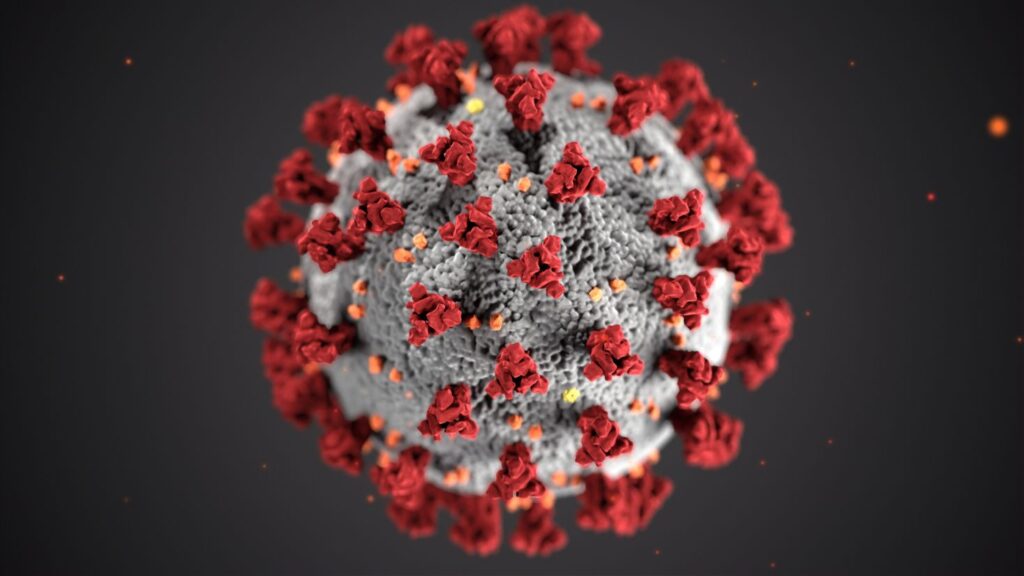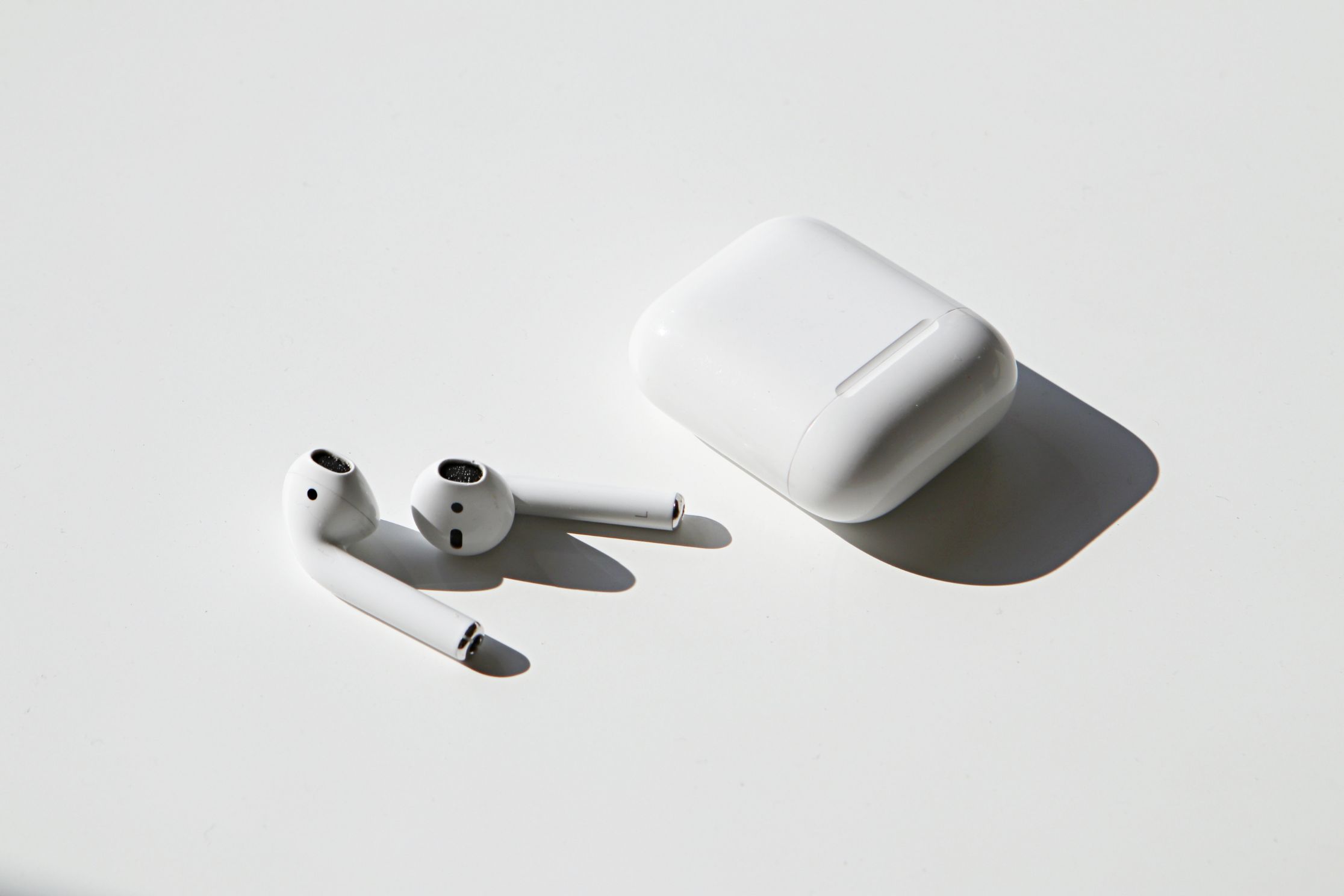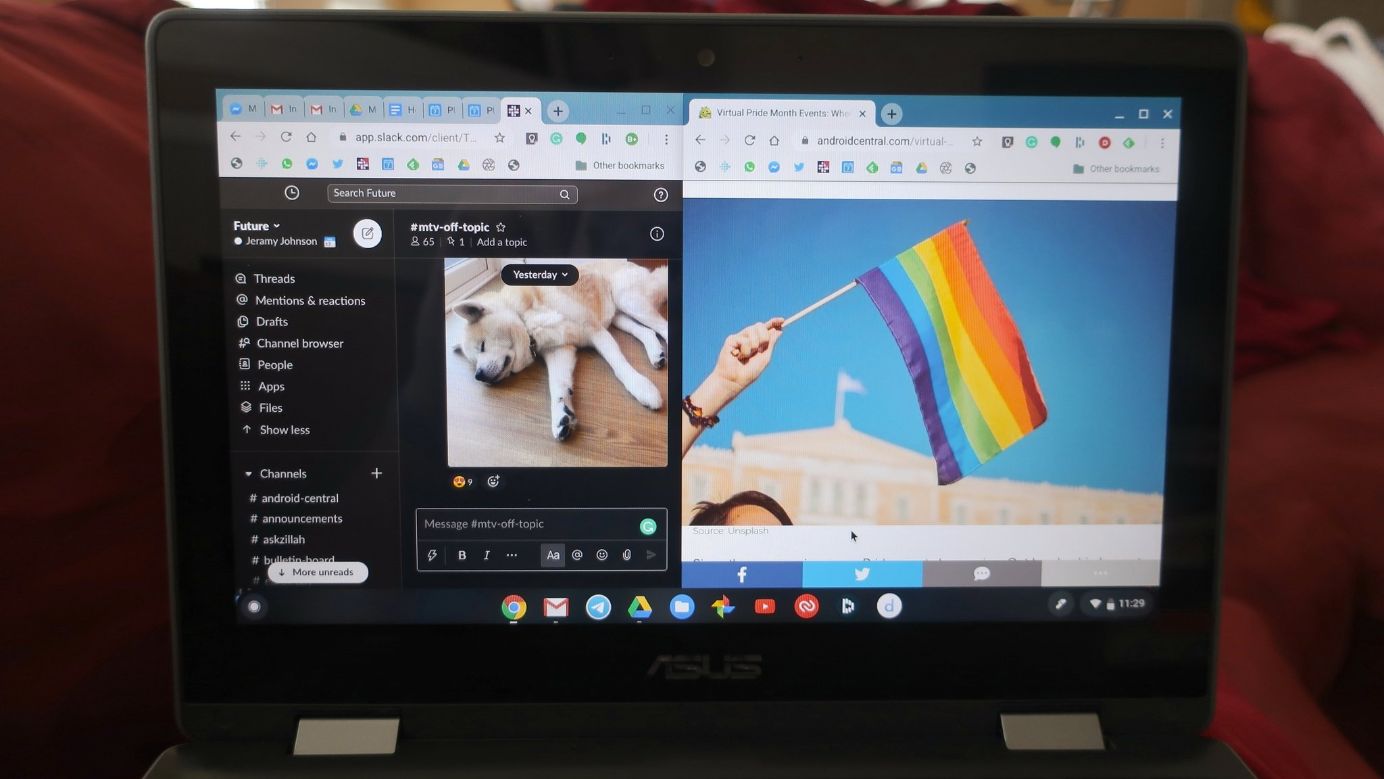A coronavirus family member known as SARS-CoV-2 is the source of COVID-19, a respiratory infection. The most common symptoms are fever, coughing, and fatigue, which are flu-like in nature. Back pain is becoming a more common complaint among those who receive COVID-19. In addition to COVID-19, other facets of the pandemic may have contributed to an increase in back pain. Learn why COVID-19 can occasionally cause back pain by reading on.
Symptoms Of COVID-19 Include Back Pain, Right?
A 2020 research review showed that pain is one of the most common symptoms When there are no other symptoms, COVID-19 and frequently manifests as one of the first symptoms. The types of pain people most frequently report include:
- headaches
- body aches
- back pain
A letter to the editor showed that general muscle aches, medically known as myalgia, are among the initial COVID-19 symptoms in up to 36 percent of people.
However, having COVID-19 is not always implied by experiencing body aches. They are also typical signs of the first flu.
A 2020 study found that 69.3 percent of a group of 210 people with A symptom listed by COVID-19 was pain. 46.6 percent of those who reported pain said it was their main symptom, and 43.6 percent said they had back pain.
Back pain was one of the most frequently reported COVID-19 symptoms, according to a review of research published in 2020. Back pain was reported in 10 percent of the cases the researchers analyzed.
How Can You Tell If The Pain Is Brought On By COVID-19?
There are many causes of back pain. Testing is the only way to determine whether COVID-19 is to blame for it. Back pain may be brought on by COVID-19 if there are other symptoms as well.
Other common symptoms of COVID-19 include:
- fever or chills
- muscle aches
- fatigue
- cough
- a headache
- new loss of taste or smell
- a sore throat
- a blocked or runny nose
- nausea or vomiting
- diarrhea

Even if you don’t experience all of these symptoms, you could still have COVID-19. Some people’s symptoms are incredibly mild. It’s important to get a test because in some cases, muscle aches may be the only sign.
What Causes Back Pain In COVID-19?
Common signs of COVID-19 and other viral infections include general body aches, muscle pain, or joint pain. According to theory, your body’s immune response is what primarily triggers pain.
Your immune system may release cytokines, which are pro-inflammatory molecules, in response to a COVID-19 infection.
The formation of a molecule known as prostaglandin E2, which acts on your nerves and transmits pain signals to your brain, may be stimulated by these molecules, according to a review of the science published in 2020.
Another review of studies published in 2020 found a connection between muscle pain brought on by viral infections and an increase in the cytokine interleukin-6.
It has also been suggested that the virus that causes COVID-19 may result in tissue damage that contributes to the onset of pain.
Angiotensin-converting enzyme 2 (ACE2) is a protein that the virus that causes COVID-19 can imitate to enter your cells. The 2020 research overview at the start of this section demonstrated that receptors for this enzyme can be found throughout your body, including your skeletal muscles.
People with the severe acute respiratory syndrome (SARS), a respiratory condition brought on by a virus similar to SARS-CoV-2, did not have any signs of the virus in their muscle tissue, according to autopsy studies. To determine whether muscle damage contributes to pain in COVID-19 patients, more research is therefore required.
How Long Will The Back Pain Last?
Most people recover from COVID-19 in a few days to a few weeks. If the back pain is the only symptom of the illness, it should go away once the other symptoms do.
Physical therapy may help with back pain that has worsened as a result of being immobile during a lockdown or hospital stay. More details about this treatment can be found in a doctor.
Long-term COVID sufferers may experience more severe and persistent back pain. Some individuals with long COVID discover that the symptoms gradually improve with time.
At-home Care For Lower Back Pain
Lower back pain may be reduced using a variety of self-management methods. They include:
- Over-the-counter (OTC) pain medications: Back pain may be relieved by taking ibuprofen, aspirin, and acetaminophen. They can also ease additional COVID-19 symptoms like fever.
- Ice or heat: Applying heat or ice to the affected area may help with symptoms. Alternating between the two can provide comfort for some people.
- Rest: For a few days, giving sore, tense back muscles some rest may be beneficial. Heavy lifting and awkward positions should be avoided.
- Massage: For some people, pain relief comes from massaging the injured area.
- Exercise: Stretching or yoga are two gentle exercises that may help relax tight back muscles. Those who are sedentary may also discover that gradually increasing their activity level reduces their back pain.
Final Words
Lower back pain is a common condition. In contrast to other back pain, COVID-19-related back pain has not yet been addressed specifically in treatment recommendations, though it has been suggested to engage in gentle exercise and stretching.
Although COVID-19 may be the cause, there are a lot of other possible explanations. A person should get tested if they also have other symptoms of a viral infection and lower back pain.







